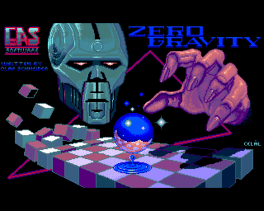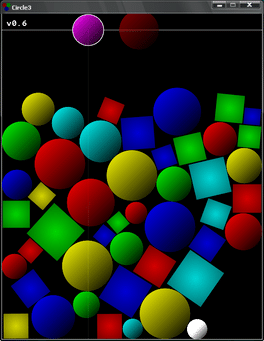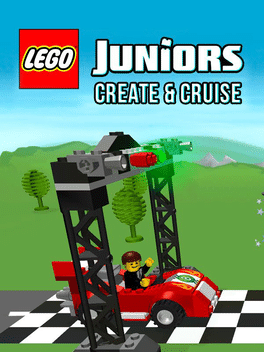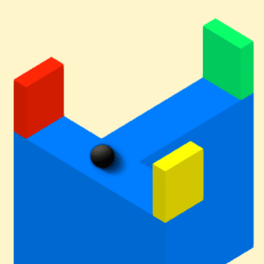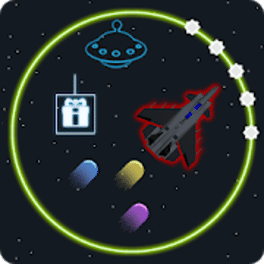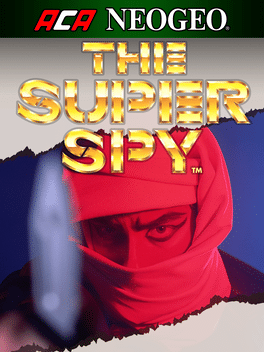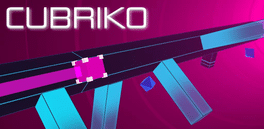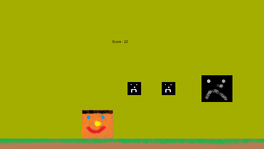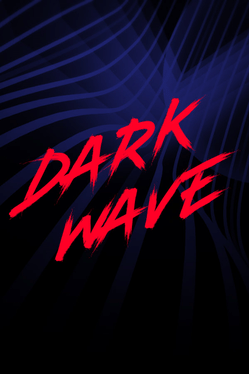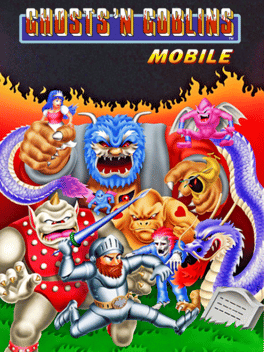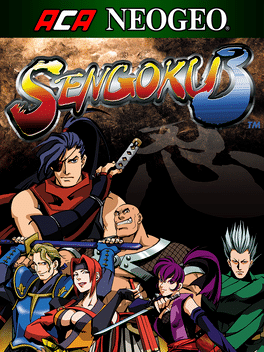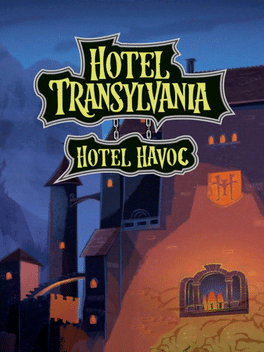Most Popular Arcade Games - Page 272
-
Zero Gravity
1988
-
Circles3
2018
Circles3
2018
Casual Match3+Balls Drop balls in glass. Collide 3 colors by same color to delete them. Touch white ball on bottom to complete level. Can be running in browser on desktop or mobile (excuse me, but on mobile sound not works). -
Kitty Hates Water
2014
Kitty Hates Water
2014
All El Jay Play games help raise money for charities, such as ASPCA. A portion of your purchase is always donated to one of the chosen causes. Just by playing El Jay Play games, you help better the lives of those in need! -
LEGO Juniors Create & Cruise
2012
Little Kids 4/7 can create their lego vehicles and run them on the roads, getting bonus pieces when picking points on the way. -
Fruit Master
Grand fruit slasher is out! Gameplay is zero hassle. Time your throws carefully and try to slash multiple fruits at once to get bonus score! Be nimble and accurate - DO NOT MISS! You'll get one cocktail per every level completed. After you get 4 cocktails, you will get free spin of fortune wheel! RARE COCKTAILS = BETTER REWARDS! Can you reach level 100? -
Color Hockey
2017
-
Alien Shooter: The Beginning
Legendary PC Alien Shooter is now available on your iPhone, iPad and iPod touch! Deserted military complex. Hordes of merciless creatures. Here you are. Your mission is simple – clear the base so there are just dead monsters' corpses left around. -
Ball Turn
2018
Ball Turn
2018
Endless path following and bouncing between the walls. As far as you go into the game, the more difficult it will be. The path turns and turns and nothing can stop it. Tap the screen at the right moment to change the ball's path and try not to fall into the abyss. Collect cubes to unlock new colours for the ball and be careful when the game begins to change the colours of the walls. You'll have to turn the ball with the speed of the light! Ball Turn is a highly recreative game. How long can you go? -
Turn Run
2018
Turn Run
2018
Simple ! One Tap ! Addictive ! Turn Run is a simple addictive indie game. Collecting all the asteroids will be your mission impossible ! You will control your rocket with casual one tap button. This challanging twisted geometry game, is your source of funky casual unlimited (endless) fun ! This game will make you fly into rage because of trippy impossible challanging levels ! Game contains two modes. Normal Mode & Endless Mode ! Select your rocket and mode ! -
ACA Neo Geo: The Super Spy
2018
The Super Spy is an action game released by SNK in 1990. Punch, kick, and use guns to fight off terrorists as you make your way through the building to rescue their captives. Defeating enemies earns experience, which can be used in a Role Playing Game-like feature to level up. -
Sky Falling Giant
2018
Sky Falling Giant
2018
Sky Falling Giant is an adventure Android game. Full of beautiful sight of clouds, Magical beanstalk and sky. In this fun game, sky Falling Giant is falling down of the Magical Tree's Bean Stalk. He faces dark clouds which are poisonous and make him die in no time. He collects Gold Coins and life on his escape Fall. -
HappyBoxDodging
2018
HappyBoxDodging
2018
This is a small fun game :) , html5 and linux versions are coming soon :) . Have fun ! :) -
Fireman! Fire Fighter Truck Driving Games for Kids
2016
Does your preschooler love cars and trucks? Would they jump at the chance to drive a firetruck, cop car, digger, monster truck & Camper? These fabulously fun animated puzzles & exciting driving mini-games all star your child at the center of the action, and help them develop preschool skills. Build a fire-truck, be a Fire-fighter, a Cop and a Race Car driver. Dig up treasure in your Digger, and knock down everything with your Dozer. Take to the wheel of a giant Monster Truck and fly over ramps. Complete your Camper, and your reward is a very yummy picnic. -
Baby Shark RUN!
2018
Baby Shark RUN!
2018
Doo doo doo doo doo doo! Baby Shark is here! Full of curiosity, Baby Shark loves to explore the ocean. Tap the screen to help him swim clear of obstacles! -
Ghosts 'n Goblins Mobile
2017
Android/iOS port of Ghosts 'n Goblins. Arthur the brave knight must rescue his beloved Princess from the Demon King Astaroth and his forces - amongst them are the various undead (ghosts, zombies), bats, ogres and goblins. Other challenges include moving platforms, ladders and water/fire hazards. -
ACA Neo Geo: Sengoku 3
2018
Sengoku 3 is a side-scrolling action game released by SNK in 2001. In order to purge malicious souls, Shinobi travel the world to defeat the undead. Cut, smash, throw, and use weapons as well as Ninja Arts and Ultimate Ninja Arts in this hyper-action ninja game. -
Hotel Transylvania: Hotel Havoc
2018
In Hotel Transylvania: Hotel Havoc, you and your child play together in your LOCAL PLAYGROUND to help Mavis run the iconic hotel! And with our Augmented Reality experience, you can meet Mavis in the Hotel lobby itself.
